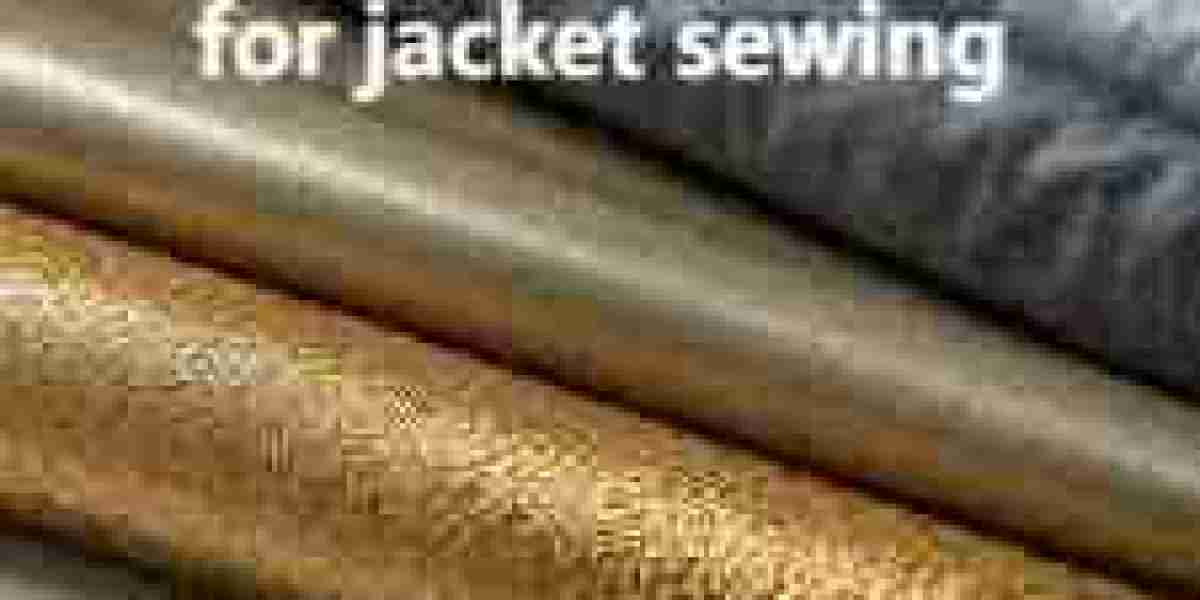The art of garment construction often hinges on the strategic use of Interlining to reinforce critical areas, and modern techniques show how Interlining can dramatically improve fit, shape retention, and wear resistance. When inserted between the face fabric and lining, this hidden layer transforms collars, cuffs, waistbands, and front panels—ensuring that each piece maintains its intended silhouette through daily wear and laundering.
1. The Vital Role of the Core Layer
Every well-made garment relies on an internal component that stabilizes seams and supports structure. This middle layer prevents distortion at stress points, such as shoulder seams and pocket openings. By absorbing tension and distributing pressure evenly, it keeps fabrics from stretching or sagging, which preserves a crisp, tailored look over time.
2. Selecting Support Textiles for Specific Applications
Reinforcement materials come in several distinct forms, each suited to particular design requirements:
Woven options deliver firm support and precise sewability, ideal for tailored jackets and formal attire.
Non-woven variants offer consistent adhesion and smooth hand feel, making them cost-effective for large-scale production.
Knit choices grant stretch compatibility, perfect for sportswear and adaptive clothing.
Designers match these options to garment functions, balancing stability with comfort and flexibility.
3. Bonding Versus Stitch-In Techniques
Two primary methods secure this internal layer to fabrics. Heat-activated adhesive lamination fuses layers seamlessly, reducing needle-puncture damage and accelerating production. Alternatively, traditional sewing allows craftsmen to precisely position panels and adjust edge finishes for repairability. Each approach carries benefits: bonded assemblies streamline manufacturing, while stitched applications offer customization and durability in high-stress garments.
4. Enhancing Comfort and Aesthetic Appeal
Structural improvements need not compromise wearability. Low-profile variants maintain garment fluidity, allowing natural movement and moisture management in activewear. Heavier inserts provide insulation and wind resistance in outerwear without adding bulk to streamlined silhouettes. Thoughtful integration ensures that the reinforcement layer remains imperceptible, delivering both elegance and performance.
5. Sustainability and Responsible Production
The textile sector increasingly embraces eco-friendly practices. Recycled-fiber backings reduce reliance on virgin materials, and water-based adhesives replace solvent-heavy glues. Energy-efficient equipment and closed-loop recycling minimize factory waste streams. By choosing responsibly sourced substrates and green bonding methods, brands demonstrate commitment to environmental stewardship without sacrificing product excellence.
6. Integrating into Design and Manufacturing Workflows
Effective use of this hidden layer begins at the design stage. Pattern makers adjust seam allowances and grading schedules to account for added thickness. Prototype sampling validates drape and edge alignment, ensuring that the reinforcement complements, rather than distorts, the original silhouette. Collaboration between designers, material experts, and production teams streamlines this process, resulting in refined garments ready for market.For a deeper dive into material types, application methods, and performance benefits, visit https://www.interlining-factory.com/news/what-is-interlining-types-applications-and-more.html
